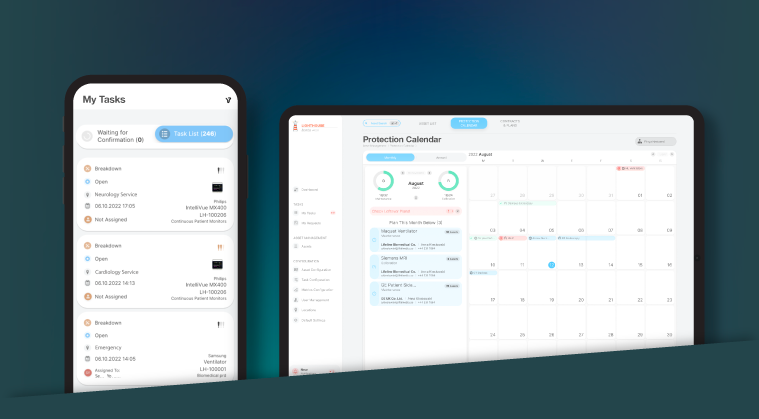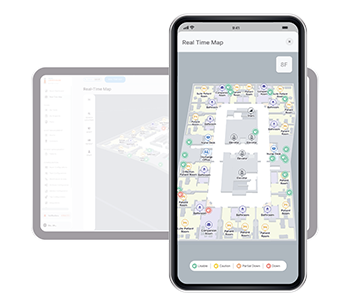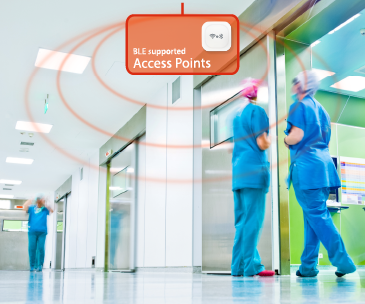How to Decrease Patient Waiting Time via RTLS Patient Tracking in Hospitals?
How to Decrease Patient Waiting Time via RTLS Patient Tracking in Hospitals?
The patient’s heart races with anticipation and a tinge of fear as they lie on the cold, sterile operating table. As they wait for the surgical team to arrive and begin the procedure, the clock ticks slowly. Minutes turn into hours, and the wait appears to be endless. This scenario is all too familiar for many surgical patients. The dreaded wait in the operating room can be stressful and anxiety-inducing for both the patient and their family. But why does this have to be such a long wait? The answer is not straightforward. It is the result of a number of factors and bottlenecks in the process, including a lack of coordination and communication among teams, as well as a lack of available resources. These minor delays can accumulate to hours of waiting for the patient. Patient waiting time in the operation theatre can have a significant impact on the patient’s overall experience as well as the efficiency of the healthcare facility. Long wait times can cause stress for the patient and their families, as well as higher costs for the healthcare facility due to delays and rescheduling.
Patient Flow / Patient Throughput Management identifies any bottlenecks and delays
Hospitals must have a clear and accurate understanding of the processes that take place in the operating room to ensure that surgeries are performed efficiently and effectively. Identifying bottlenecks and delays throughout the process is critical to problem solving. This is where real-time location systems (RTLS) enter the picture. RTLS is changing the way hospitals manage patient flow, particularly in the operating room. This technology can assist in identifying bottlenecks in the operating room process and reducing patient wait time. This technology tracks the precise location of patients, staff, and assets in the operating room using a combination of tags, readers, and software. The tags, which are worn by patients or attached to assets, emit a signal that is picked up by readers located throughout the operating room. This information is then fed into the software, which provides real-time visibility into the location of the patient. RTLS-enabled Patient Flow / Patient Throughput Management solutions allow precise continuous patient tracking throughout the surgical process.

All data is collected and recorded through IoT sensors automatically
RTLS in the hospital begins tracking a patient’s movements the moment they enter the operating room. This “IoT for Healthcare” concept can track patients as they move through the pre-op, surgery, and post-op stages, providing information on how long each step takes. All data, including patient length of stay in pre-op and post-op, transfer times in between, surgery start times, and many more, is automatically recorded and accessible to managers via visual reports. Integration of the solution with the EMR allows for a comparison of actual data with planned data, revealing all deviations.
These real-time and historical data can be used to more efficiently schedule surgeries, move patients through the process as quickly and smoothly as possible, and reduce the risk of long wait times. This can shorten wait times and increase the number of surgeries and procedures performed in a given time frame.
Finally, hospital patient location tracking systems are an effective tool for tracking and managing the complex processes that occur in the operating room. Hospitals can gain valuable insights into their surgical processes and identify areas for improvement by using wireless devices to track the location and movement of assets, staff members, and patients. With RTLS patient tracking, hospitals can improve the efficiency of their surgeries, increase patient satisfaction, and ultimately improve the overall quality of care.










